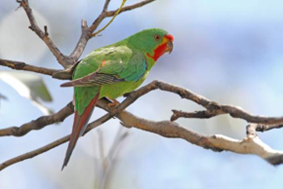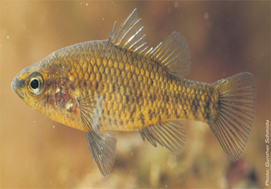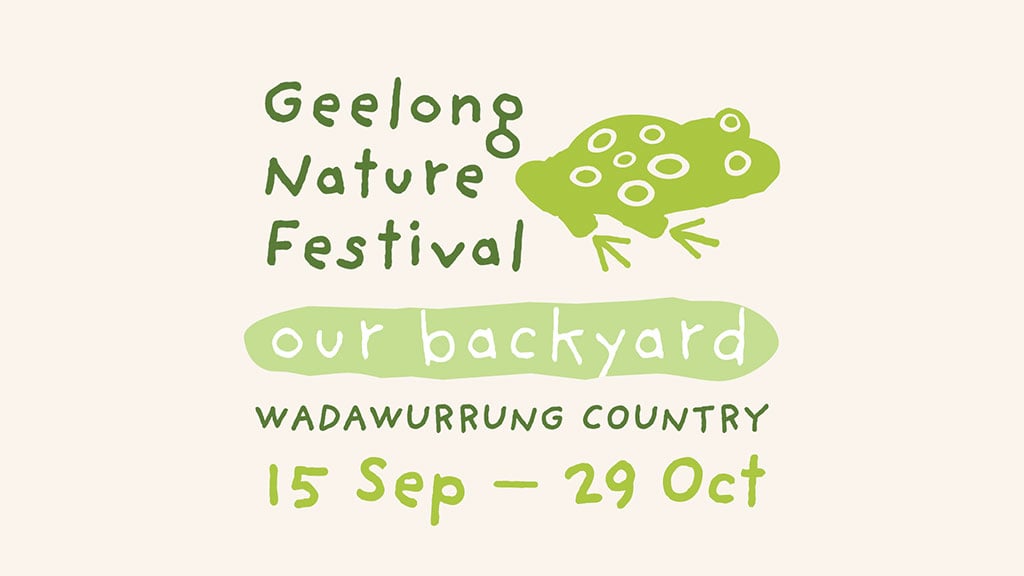Get your green on during the 2023 Geelong Nature Festival!
You can feel it in the air – spring is here. *Yay*.
We’re embracing the changing of the seasons and warming weather by supporting the 2023 Geelong Nature Festival, which features over 80 nature-based activities, workshops and events that will help you to engage with nature in your own backyard. Here’s how you can get involved.
Be part of Our Backyard @ Deakin
At this free event, join members of Deakin’s sustainability team to learn more about habitat restoration activities and our newly converted wetland project at the Waurn Ponds Campus.
When: Sunday 1 October, 10am to 1pm
Register now.
Explore the rest of the Geelong Nature Festival
Register for an event close to your home or at any of the locations across Geelong, Armstrong Creek, Waurn Ponds, the Bellarine, Northern Geelong and Anakie.
When: Friday 15 September 2023 to Sunday 29 October
Find out more.
Join the Deakin Waterbugs
The Deakin Waterbugs is a dedicated water quality monitoring team that collects data at key sites on the Waurn Ponds Campus including the wetlands and Waurn Ponds Creek. As part of the Corangamite WaterWatch program, the Waterbugs also participate in training and other activities to raise awareness about river health and waterway management.
To get involved, just contact the team via their facebook page.
September is also Biodiversity Month!
We’re working hard to enhance the biodiversity of our campuses’ natural landscapes, including adopting a focal species approach to biodiversity restoration.
A focal species acts as an ambassador for environmental enhancement in the habitat in which it lives. By restoring habitat for that one species, the status of many other species that share that habitat is also improved.
To celebrate Biodiversity Month in September, please meet our focal species for the Waurn Ponds Campus!
Swift Parrot
 The critically endangered Swift Parrot is one of only two migratory parrots in Australia. Crossing Bass Strait in March each year in search of winter-flowering eucalypts, the fast-flying green parrot can be sighted at the Waurn Ponds Campus until spring, when it returns to Tasmania for breeding over summer.
The critically endangered Swift Parrot is one of only two migratory parrots in Australia. Crossing Bass Strait in March each year in search of winter-flowering eucalypts, the fast-flying green parrot can be sighted at the Waurn Ponds Campus until spring, when it returns to Tasmania for breeding over summer.
Urban development continues to threaten and reduce Swift Parrot habitat across Victoria. By planting winter-flowering eucalypt species such as the Bellarine Yellow Gum, Grey Box and Yellow Box at the Waurn Ponds Campus, we aim to provide a range of food sources to support populations of Swift Parrots.
Yarra Pygmy Perch
 The Yarra Pygmy Perch, listed as vulnerable, lives in slow-flowing rivers in southern Victoria with large amounts of aquatic vegetation – including Waurn Ponds Creek. Growing to between 6.5 and 7.5cm in length, it completes its whole lifecycle in fresh water.
The Yarra Pygmy Perch, listed as vulnerable, lives in slow-flowing rivers in southern Victoria with large amounts of aquatic vegetation – including Waurn Ponds Creek. Growing to between 6.5 and 7.5cm in length, it completes its whole lifecycle in fresh water.
We’re focusing on riparian planting, improving bank stability along Waurn Ponds Creek, weed control and in-stream re-snagging. ‘Snags’ made of tree logs reduce stream flow and provide habitat for native fish and a range of aquatic wildlife including macro-invertebrates and crustaceans.
Revegetation works on the escarpment and along Waurn Ponds Creek (featuring Swamp Gum, Blackwood, Woolly Tea-tree and Prickly Moses) will also benefit existing Yarra Pygmy Perch populations by improving water quality and increasing shade.
Growling Grass Frog
 The Growling Grass Frog, listed as vulnerable, is one of Australia’s largest frogs and has a distinctive growling call. Habitat loss presents a significant threat to the species.
The Growling Grass Frog, listed as vulnerable, is one of Australia’s largest frogs and has a distinctive growling call. Habitat loss presents a significant threat to the species.
The newly constructed wetlands at Waurn Ponds Campus have been designed to support the Growling Grass Frog by providing habitat linkages with Waurn Ponds Creek and abundant aquatic and riparian vegetation in and around the wetlands including Pondweed, Running Marsh Flower and Common Spike Rush.
Listen closely near the ponds during the breeding season from November to March and you might hear a Growling Grass Frog. Their presence indicates good quality wetland habitat that also benefits birdlife, aquatic fish and other species.
